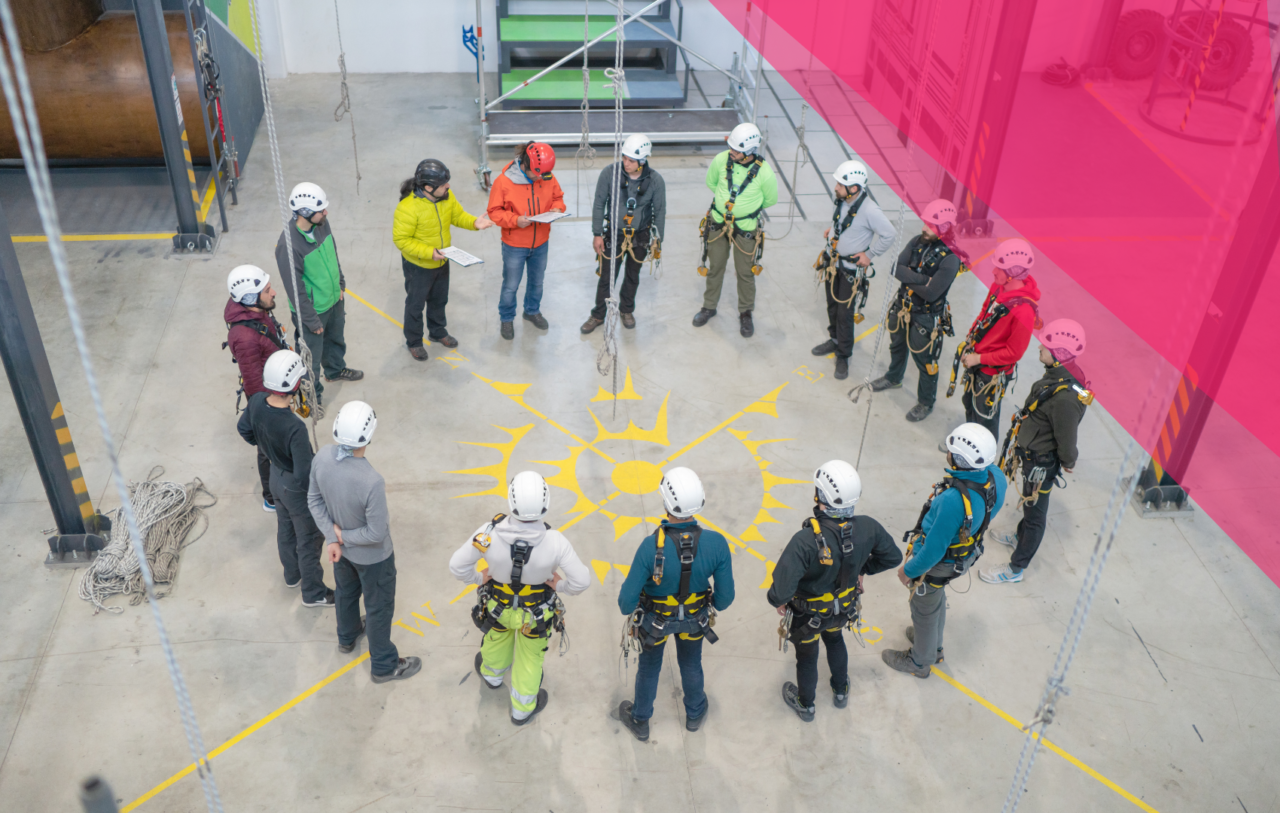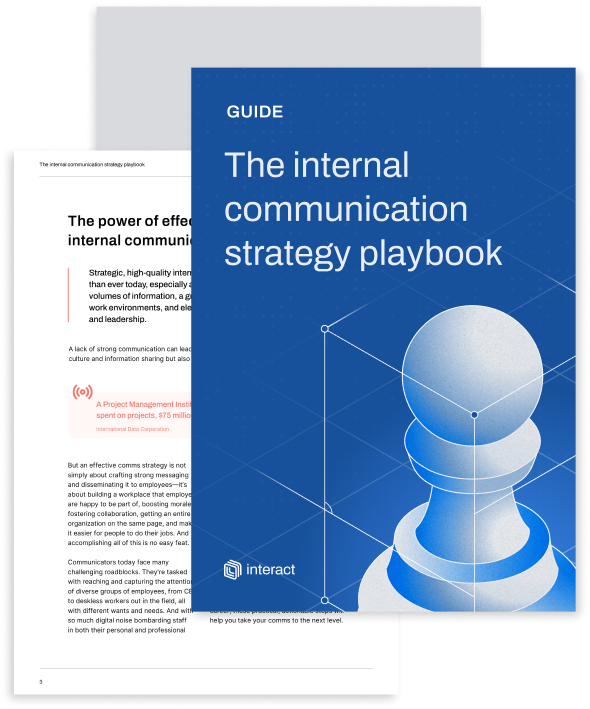Are you taking gamification seriously? 4 reasons to implement it now

Intranet gamification has become more than just a “trend” in the modern workplace. Done right, gamification can transform your IC. Are you missing out on an excellent opportunity for increased employee engagement?
With far-reaching success being reported in large organizations such as Google and Deloitte, it is no surprise that gamification principles have been adopted by numerous companies looking to increase their internal communication efforts.
It was predicted that the gamification industry would reach $5.5 billion by 2018. (Engagement Alliance). Yet, According to NICE Systems, only 31% of companies are exploring or using some form of digital rewards or gaming mechanics. So – is intranet gamification a real engagement tool, or is it merely a minor trend in the work frontier?
Free ebook – 14 steps to great internal communication
Well, we say it’s real! Gamification yields the promise of breathing new life into your disengaged employees and driving forward a growing digital culture. If done right, the benefits can be tremendous, effectively counteracting some of the biggest engagement killers.
Many make the mistake of disbelieving intranet gamification, mocking the idea of making work “cute” or “fun.” But think about it – how many employees are interested in doing activities that are bland or boring?
Here are four key reasons you should implement gamification today.

1. Increases motivation
The biggest fear for organizations when it comes to the subject of gamification systems is the dread of wasting money by getting it wrong or having it go unused.
However, worse than the fear of possibly failing is the reality that $11 billion annually is lost or wasted due to frequent turnover and employee disengagement. Gallup’s Global Workplace Report shows a measly 13% of employees as fully engaged, 64% as not engaged and 23% as actively disengaged.
So guess what? Taking the chance to engage and motive employees with gamification can save you the money that you are actively losing by doing nothing.
One of the fundamental ideals of intranet gamification is creating an environment where goals and achieving them matter. Imparting this sense of accomplishment among employees establishes a sense of meaning in their jobs. The desire to be recognized for hard work is one that all staff experiences.
With gamification, you give your team incentive to excel through perks or other recognition programs such as our Donuts Program here at Interact. At Interact, each employee is assigned a monthly ‘quota’ of virtual reward currency – aka donuts – that they can award to their peers. It’s a way to say, ‘thank you’ and for managers to award recognition to employees.
As you see, the reward does not necessarily need to be monetary. At times, recognition tools and visible motivators are enough to show members that you value their dedication.
2. Increases productivity
The correlation between motivation and productivity is undeniable; when one increases so does the other. Still, even with this knowledge, organizations still have concerns. Will gamification appeal to all employees? Will they even be interested in playing?
As we mentioned above, the stimulation and challenge spurred on by achievable goals and rewards encourages a sense of play and creative thinking in employees. Statistically, the largest group of gamers (27%) is aged between 18 and 35 and the 50 plusses account for 26% of active gamers.
Digital games have been around since the days of Solitaire and Minecraft, so we know that the concept of games is an attractive one, regardless of age. That appetite for fun and gameplay exists within the majority of generations that are currently employed, and because of this, participation is expected.
Free ebook – 14 steps to great internal communication
More than just recognition and reward, gamification can be used to give employees real-time feedback and performance analyses. By focusing on the now, feedback is provided on-the-spot as opposed to the retroactive feedback that comes on a monthly or annual basis.
With games that show performance KPIs and clearly state benchmarks and goals within the application, employees have a chance to learn and rectify any issues instantly, naturally and efficiently increasing productivity.
Increased productivity is ensured, and according to Gartner, businesses successful in engaging users through gamification have seen 250 percent higher growth than their peers.

3. Increase employee sense of belonging
Going beyond the increase in productivity, gamification can also serve as a creative way to promote collaboration across your organization. When it comes to these applications, team-based collaborations and achievements hold as much power as individual incentives. And in the process, your company will be fostering an environment that supports sharing knowledge, breaks down silos and bridges the generation gap.
Developing a system that works like a community brings an element of kinship as well as fun. Employees can earn points and share their status by answering questions, sharing content and being an active member of the community.
In this, your staff’s progress is compared to their peers without pressure or negative competition getting in the way. Instead, a sense of comradery forms and serves to push employees closer to their goals.
By applying gamified systems to employee training and other channels, workers develop a greater bond to the organization and their sense of belonging to a team blossoms.
4. Effortless Training and Skill Development
Games are popular not just because they allow players to take part in a world separate from reality, but because they tap into our innate desire to excel and succeed. The satisfaction of winning a game is one that many individuals crave. It’s no surprise that the retail revenue of the U.S video game industry hit over 995 million U.S. dollars in February 2018.
All the more reason to extend gaming to the workplace. I for one am more inclined to perform a task if I think it will be fun, and most of the world would agree. 63% of American adults said that making everyday activities more like a game would make them more fun and rewarding. Using intranet gamification as a training strategy takes away the pressure found in straight-laced training, engages the whole brain and ultimately makes it easier to make and learn from mistakes.
Games that are fun for the user mean players can enjoy progressing through the levels while simultaneously absorbing the knowledge during gameplay. By ensuring knowledge retention in this way, organizations can see a boost in employee engagement and improved employee performance.
Bottom line
Done the right way, a gamification solution can be a true pioneer for the productivity and performance of any organization. As a movement that has been around since 2010, it is clear that gamification holds merit for many organizations that have grown along with the development of the digital age.
A survey by Aberdeen Group shows that organizations with effective gamification solutions improve employee turnover by 35% and employee engagement by 48%. Do not let the fear of wasting money or the thought that gamification is a ‘temporary’ trend stop you from taking advantage of this powerful engagement tool.

